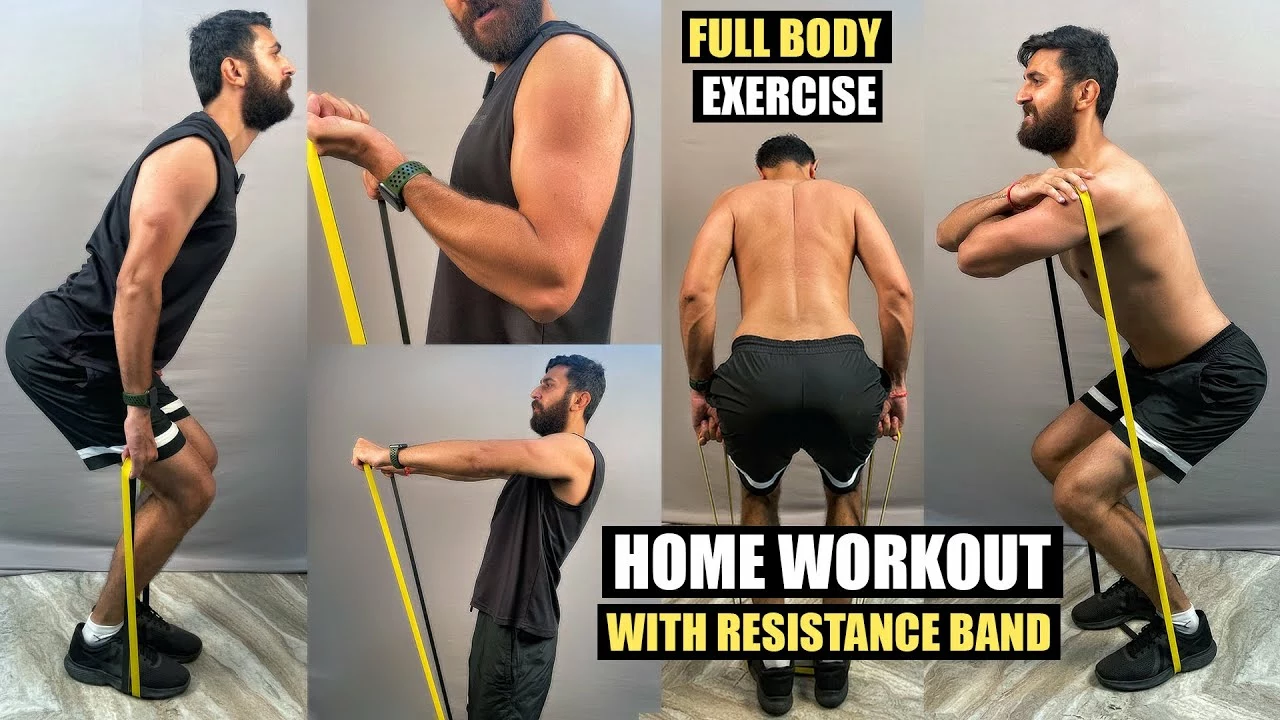Gym Workout Tips You Can Use Today
If you walk into a gym and feel lost, you’re not alone. Most people start with a vague idea of “getting fit” but skip the basics that actually work. Below are clear, no‑fluff steps you can apply right now, whether you’re a total beginner or someone who’s been lifting for years.
Start With a Simple Structure
Pick three core moves for each session: a push, a pull, and a leg exercise. For example, bench press (push), lat pull‑down (pull), and squats (legs). Doing three sets of each, with 8‑12 reps, gives your body a balanced stimulus without overwhelming you. Keep the rest between sets to 60‑90 seconds – long enough to recover but short enough to keep the heart rate up.
Once you’re comfortable, add a fourth movement like a core finisher (plank or hanging leg raises). The goal is progress, not perfection. If a weight feels too easy, add 2‑5 kg on the next set. If it feels shaky, drop the load and focus on form.
Don’t Forget Warm‑Ups and Cool‑Downs
A 5‑minute warm‑up (light jog, rowing, or dynamic stretches) prepares your muscles and joints. It also reduces the chance of injury, which is the biggest reason people quit early. After the workout, spend another 5‑10 minutes stretching the muscles you just used. This improves flexibility and helps your body recover faster for the next session.
Warm‑ups and cool‑downs are quick, free, and make a noticeable difference in how you feel during and after training.
Now, let’s talk about frequency. Most experts recommend hitting each major muscle group twice a week. You can split the week into upper‑body/lower‑body days or go full‑body three times a week. The key is consistency – a short, regular routine beats an occasional marathon session.
Nutrition ties directly into performance. Aim for a protein source (chicken, tofu, whey) within an hour after you finish. Pair it with carbs (rice, sweet potato, fruit) to refill glycogen stores. Hydration matters too; sip water throughout the workout, not just at the end.
Finally, track your progress. Write down the weight, reps, and sets for each exercise in a notebook or app. When you see numbers going up, motivation follows. If you hit a plateau, try swapping the exercise (e.g., replace bench press with dumbbell press) or adjust the rep range.
Gym workouts don’t have to be complicated. Stick to these basics, stay consistent, and you’ll notice strength, stamina, and confidence improve week after week.

Can I use my running shoes in the gym?
Derek Kingsworth Jul 30 0Hey there, gym enthusiasts and running junkies! I've been pondering the million-dollar question: can we double-dip our running shoes for gym fun? The answer is a joyful yes, but with a sprinkle of caution. Running shoes are designed to move you forward, not sideways, so if your gym routine involves a lot of lateral movements, you might want to reconsider to avoid slipping or twisting something important. But if you're hitting the treadmill or doing a straightforward workout, your running shoes will do a commendable job. So, lace 'em up, folks!
More Detail